Master the Art of Window Caulking: A Comprehensive Guide for Homeowners & DIY Enthusiasts
Window caulking is essential to enjoy the benefits of a well-sealed building. Are you a homeowner or a DIY enthusiast? This article is all you need to master the art of window caulking with precision.
As you read along, you will learn how to apply caulk on a window effectively and properly. Furthermore, this comprehensive guide will unveil best practices, common mistakes, and effective DIY window caulking tips.
Why is Window Caulking Important?
Window caulking helps to reduce your energy bills. Windows have tiny spaces around them that cause heat loss in buildings. Leaving these small spaces open stresses your HVAC system and causes high energy consumption. Sealing these gaps helps reduce the amount of energy the HVAC system needs to maintain a stable temperature.
Many homeowners carry out window caulking for winter to keep their space comfortable at that time of the year. However, window caulking is important all year round. Window caulking creates a waterproof seal that protects your window from moisture. Rain or snow can come into your home through unsealed spaces around your window. Water causes wood to rot over time and causes unhealthy mold growth.
Window caulking is also important in every building because it helps to keep insects out. The caulk around your window frames prevents insects from entering your home. In addition, it reduces the need for insecticides.
How Do I Know If My Window Needs to Be Caulked?
Having loose window panes is enough reason to carry out . When a strong wind and window glass rattles against the window frame, you have a loose pane. Caulks can be used as a cushion to prevent the glass from moving.

The opportunity to save money on energy consumption and eliminate drafts is a good reason to caulk your window. If you spend so much on energy, then you need window caulk to reduce heat loss in your home.
Window damage, such as wood rot or mold growth, is caused by water. Water can seep into uncaulked windows easily and cause damage. In addition, water can damage your paintwork as it seeps into your home through your uncaulked window. All these problems can be solved by window caulking.
Interior or Exterior? - Use The Right Types Of Caulk
Location and purpose of application are two critical factors to consider when deciding the right type of caulk to use for your windows. Interior and exterior caulk have unique characteristics, which makes them suitable for a particular environment. As their name suggests, interior caulks are usually applied indoors, while exterior caulks are applied outdoors.
Interior Window Caulking
Window caulking interior is necessary to seal cracks and gaps indoors. Interior window caulk adds aesthetic to your home, and it adheres easily to finishing materials like drywall. Interior caulks are suitable indoors without exposure to extreme weather conditions. Common interior window caulking includes:

1. Acrylic Latex Caulk
Acrylic latex caulk is water-based for interior caulking or areas with very low moisture. Acrylic latex caulk is paintable, but it does not expand in response to temperature changes.
2. Silicone Caulk
Silicone caulk is suitable for caulking areas with high moisture, like bathroom windows.
Silicone caulk comes in different varieties, such as the neutral cure and the acidic cure. The neutral cure is an excellent option for sealing wooden windows, plastics, metal, and vinyl siding materials. Get the Neutal Cure Caulk from KrakenBond for your window, tubs, or sinks.
Exterior Window Caulking
Exterior window caulk can withstand temperature changes and harsh weather conditions. This makes them suitable for sealings, outdoor gaps, and joints. They provide better flexibility and durability than interior caulks. Common types of exterior caulk include:

1. Siliconized Latex
Siliconized latex is similar to acrylic latex because it is also water-based. Siliconized latex caulk offers a higher durability than acrylic latex caulk. Siliconized caulks are also paintable and offer higher resistance to weather or mold than acrylic latex. Get Premium Siliconized Caulk for your window caulking exterior.
2. Polyurethane Caulk
Polyurethane caulks are solvent based and suitable for sealing a wide range of materials. Polyurethane caulk is applied outdoors because of its bonding abilities. However, they have a low resistance to UV radiation and can break down when exposed to the sun for a long time.
How to Caulk a Window?
Window caulking is a DIY process, and it does not require a special skill. The process of caulking your window not only lowers energy bills but also keeps your home comfortable. Here is a step-by-step guide on how to apply caulk on your window:

Step 1: Gather The Necessary Tools and Materials
Window caulking requires using the right tools, especially a caulk and a caulking gun. Other tools required include a utility knife, painter's tape, a damp cloth, and paper towels.
Step 2: Remove Old Caulk (It If Exist)
After getting the needed tools, the next step is to remove any old caulk with a window caulking removal tool or a utility knife. In addition, scrape away any debris that can hinder the caulk.
Step 3: Clean The Application Area
Caulk is a form of adhesive and works well on a clean surface. Clean the surface of the area of the window to be caulked with a damp cloth. Also, repair any damage on your window before application.
Step 4: Choose The Right Caulk
The next is to choose the right caulk for your window. You can use either interior window caulks or exterior window caulk, depending on the location to be caulked. You can choose the right caulk from this collection of quality caulks.
Step 5: Load The Caulk Gun
Place the caulk in the caulk gun and ensure the bottom of the caulk tube is against the plunger. Squeeze the caulk gun trigger till the plunger makes contact with the tube; the plunger exerts pressure on the bottom of the caulk tube, which causes a release.
Step-6: Cut The Tip Of The Caulk Tube
The next step is to cut the caulk tube's tip using a putty knife at an angle of 45 degrees. Cut the tip on the tube small enough for easy application. Then break the seal in the caulk tube if there is any.
Step 7: Apply The Caulk
Apply the caulk by squeezing the trigger on the caulk gun gently. Squeeze gently to apply a consistent bead of caulk on the gap or hole. Move the caulk gun slowly on the gap to fill it without voids.
Use painter’s tape to apply the caulk smoothly without staining the window frame. To do this, apply painter’s tape along the edges of the gap to be caulked. After applying the caulk, remove the tape while it is still wet.
Step 8: Smooth The Caulk
After applying the caulk, smoothen the caulk with a rag over your finger or a popsicle stick. This process is called ‘tooling’, and it is done to remove excess caulk.
Step 9: Allow The Caulk To Dry
Allow the caulk to dry for at least 24 hours. Allow the caulk to cure properly, and avoid touching it with your hand.
Step 10: Paint The Caulk (If Desired)
You can decide to paint your caulk to blend with your color scheme. However, not all caulks are paintable.
Caulking Window: Common Mistakes
Window caulking is a good investment for your home with a big payoff. Window caulking cost is nothing compared to the benefits you will enjoy. That said, avoiding some common mistakes is important to enjoy the numerous benefits of window caulking. These common mistakes include the following:
1. Not Cleaning The Area Before Caulking:
Failing to clean the area to be caulked can result in premature failure of the caulk due to poor adhesion. Always makes sure you clean the area before applying the caulk so it can adhere properly. Debris, old caulk, dust, or loose paint should be cleaned before applying the new caulk.
2. Using The Wrong Type of Caulk:
Using the wrong type of caulk can lead to different issues. Using the wrong caulk is a wasteful investment because it leads to more problems rather than solving them. Silicone caulks are waterproof, weather resistant, flexible, and long-lasting. Always use a silicone caulk from Kraken to get the most out of your window caulking.
3. Cutting The Caulk Tube At The Wrong Angle:
Always cut the caulk tube at 45 degrees. Cutting the caulk tube at the wrong angle can lead to an uneven spread of caulk on the gap. It can also lead to wastage as it will be difficult to control the flow of caulk. Check the instructions manual on how to cut the caulk tube properly
4. Applying Too Much or Too Little Caulk:
Do not be tempted to add too much caulk in the gap if the gap is too deep. Instead, use a foam rope before applying the caulk. In addition, be sure to maintain a consistent bead of caulk without leaving gaps or excess.
5. Not Smoothing The Caulk Properly:
Tooling is an important aspect of window caulking. Smooten the caulk after the application to make the job look neat and appealing.
6. Painting Over Uncured Caulk:
Allow the caulk to cure for at least 24 hours before adding finishing touches or painting. Painting over an uncured caulk can reduce its effectiveness.
FAQs About Window Caulking
Can I Caulk Windows Myself?
Window caulking is a simple DIY process that can be completed in a few hours. All you need is to get the right tools and materials and follow detailed guidelines.
Can I Caulk Over Existing Caulk?
No, caulking over an existing caulk is not a good idea. Removing the old caulk before applying the new one is better to create a better seal. However, if you caulk over an old caulk, then make sure the existing caulk is dry and clean.
How Often To Replace Window Caulking?
It is advisable to replace your window caulking after every 5 years as that is the lifespan of most caulk. The quality of the caulk used, and proper installation also determines the durability of the caulk.
Where Not To Caulk Around Windows?
Always avoid caulking above the window frame and weep holes when carrying out window caulking. Caulking the weep holes can cause them to get clogged and render them less effective in preventing water damage. Also, avoid caulking movable parts of your windows.
What Is The Best Caulk For Windows Interior?
The best caulk for window caulking interiors is silicone caulks. Silicone caulks are waterproof, durable, and flexible. They are suitable for sealing areas with high moisture and respond well to temperature changes.
What Is The Best Caulk For Windows Exterior?
For window caulking exterior, the best caulk is siliconized latex caulk. They provide high resistance to extreme weather conditions and temperature changes.
Author : Krakenbond Team


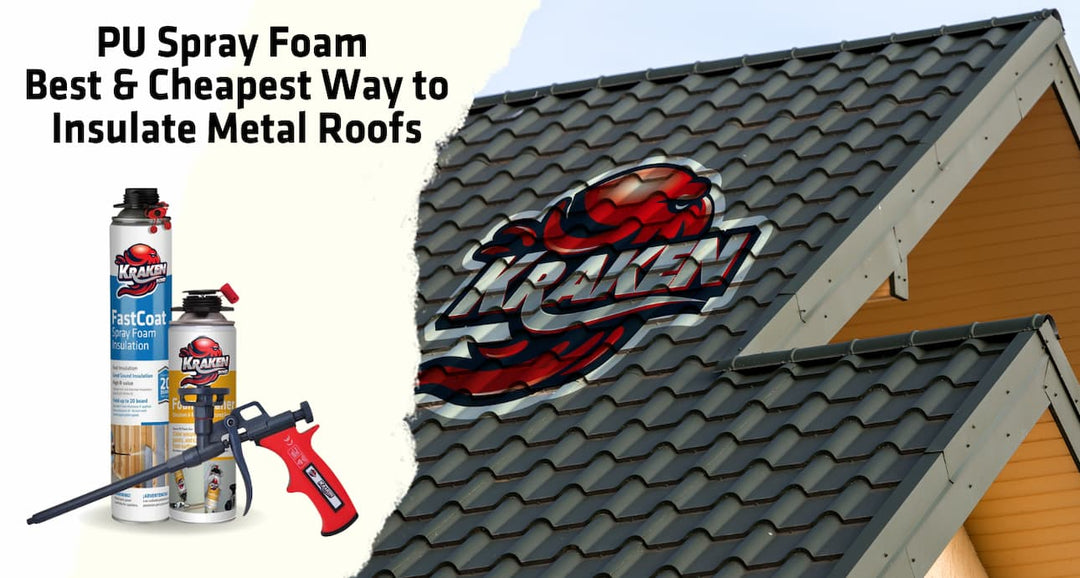


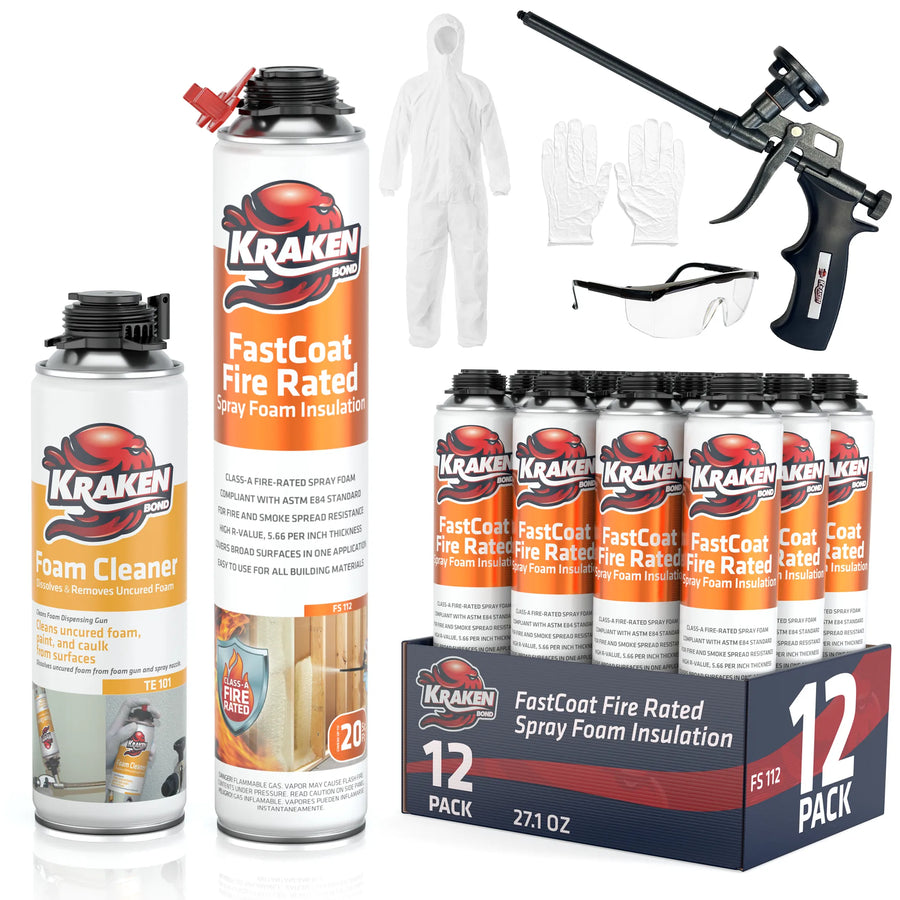








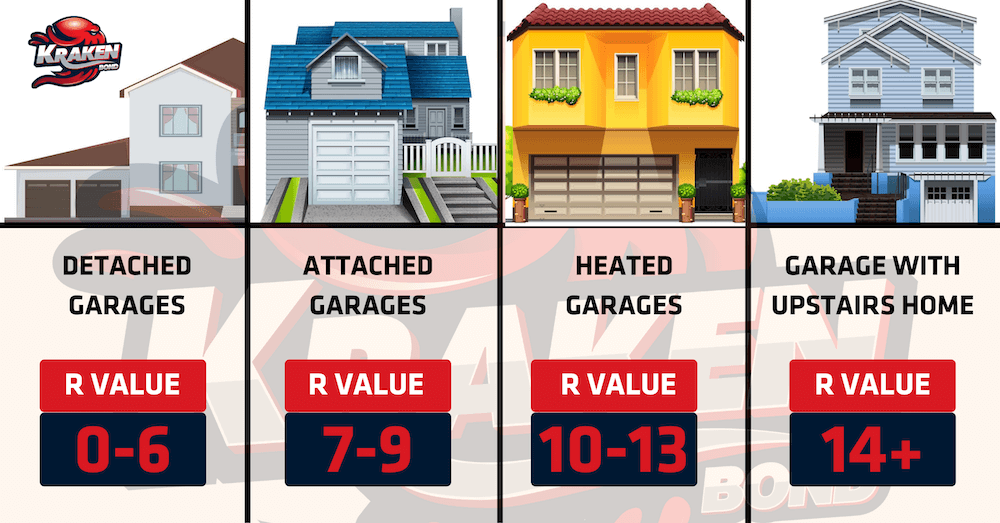

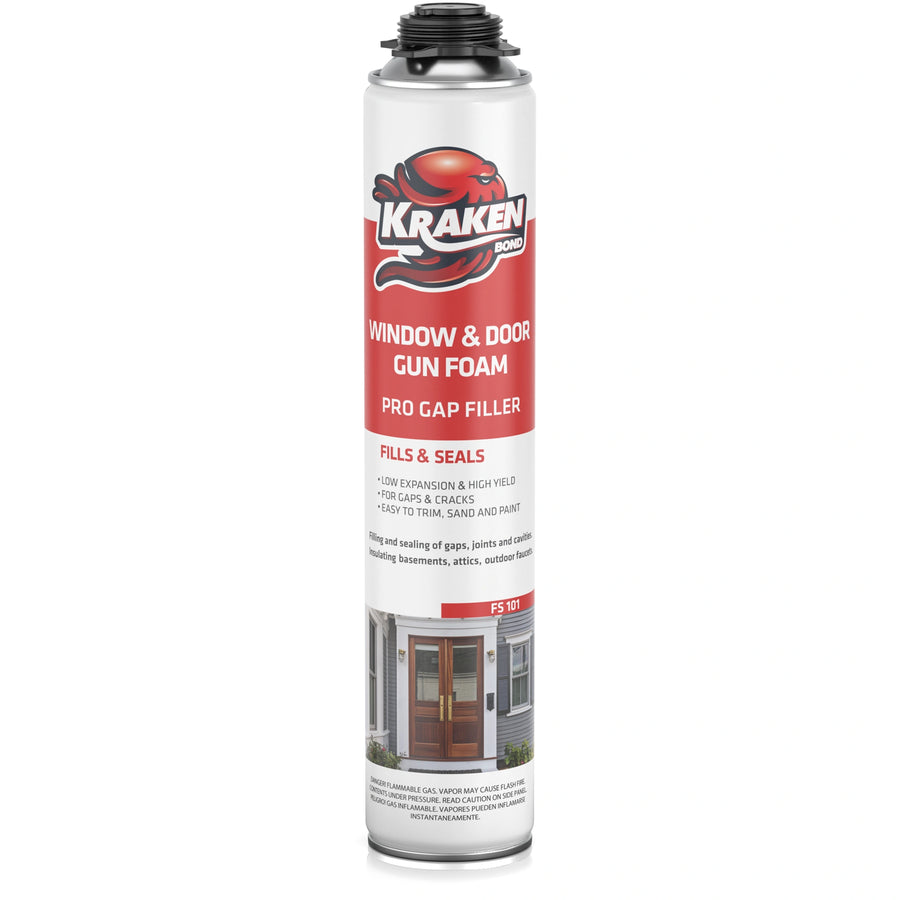
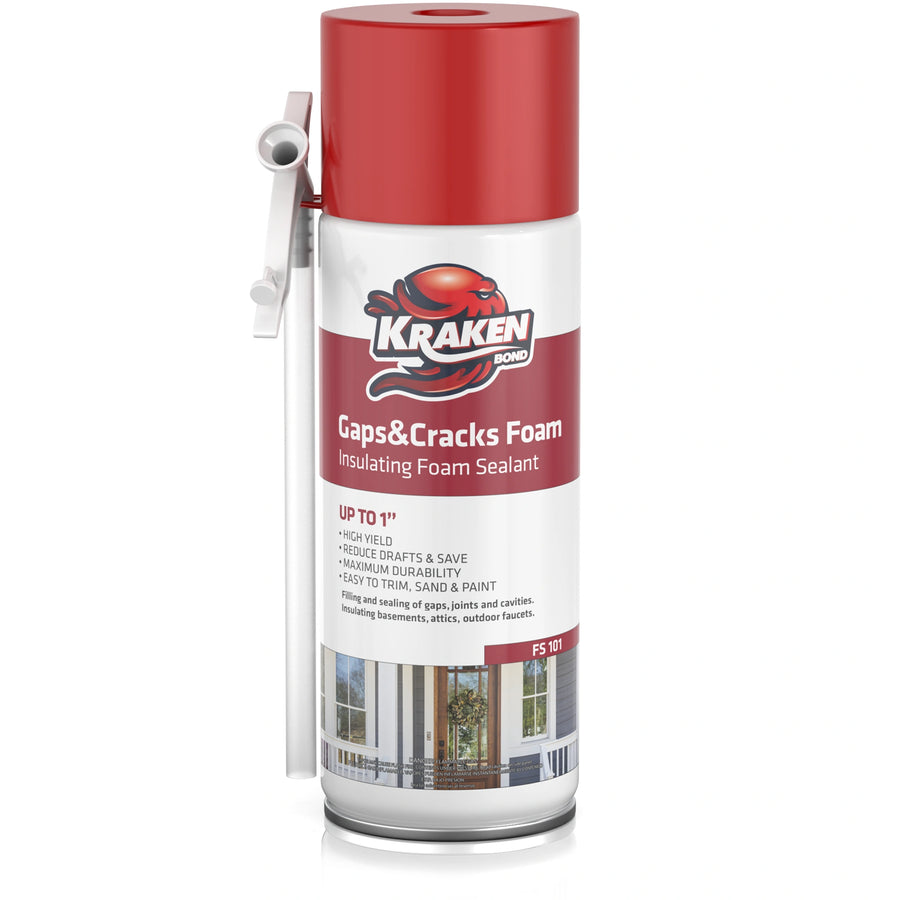
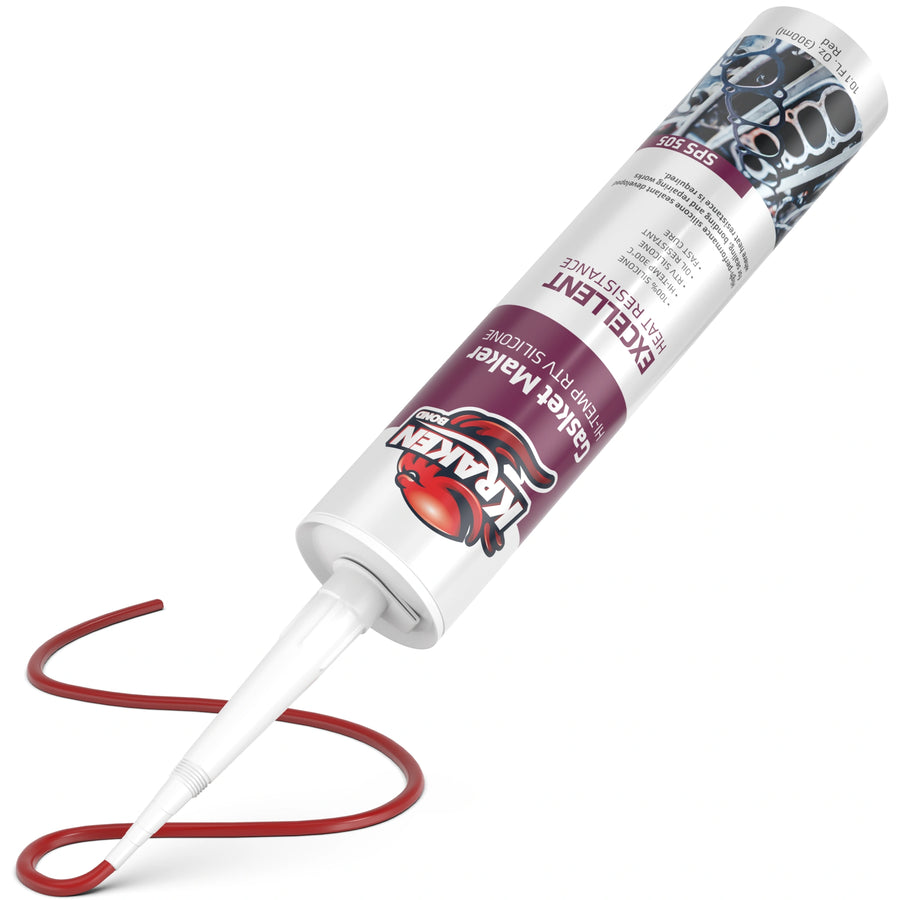
Leave a comment